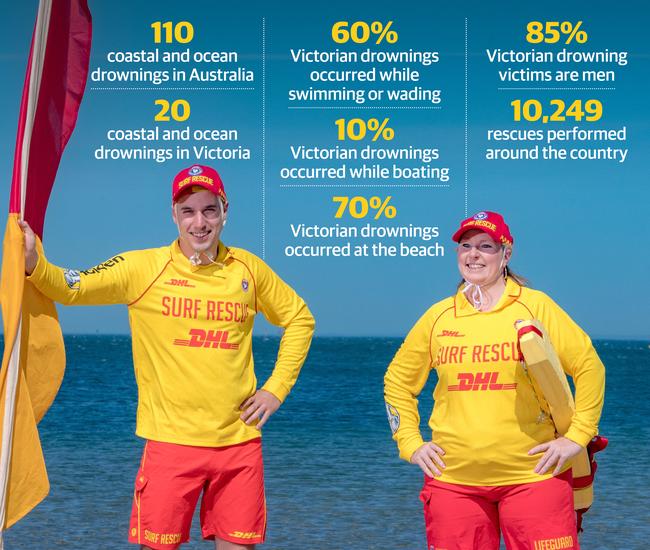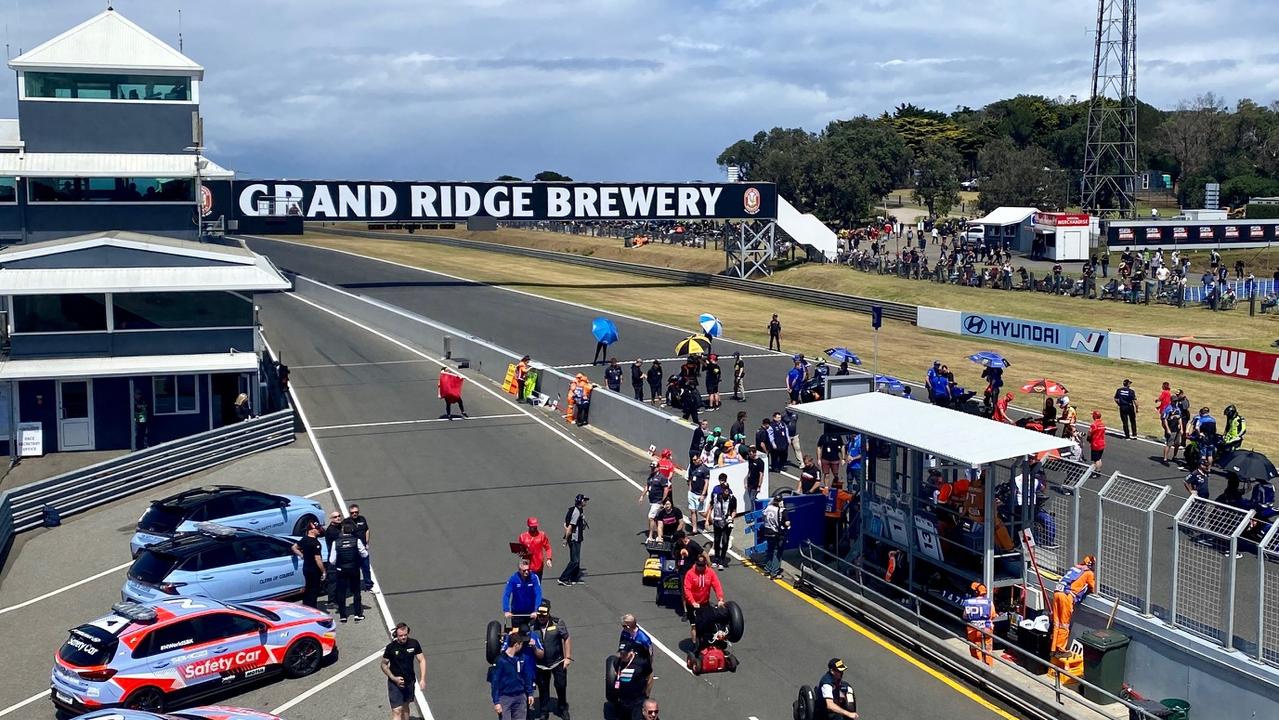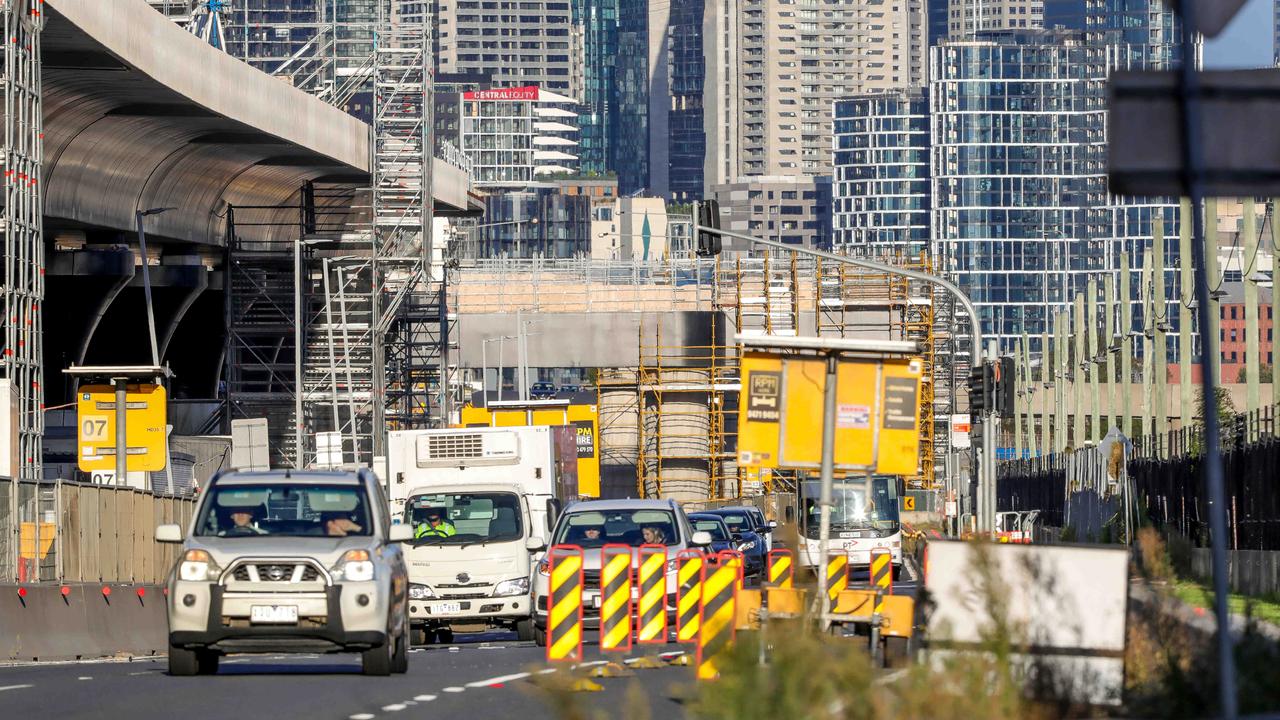Lifeguards’ annual report shows men over-represented in drowning deaths
SURF Life Saving Australia has performed more than 10,000 water rescues over the past year around the country, but more needs to be done as the number of drowning deaths grows.
News
Don't miss out on the headlines from News . Followed categories will be added to My News.
LIFEGUARDS have performed more than 10,000 rescues around the country over the past year.
More than 500 lives would have been lost but for rescues by Surf Life Saving Australia, according to its annual coastal safety report, out on Wednesday.
Nevertheless, 110 people died in coastal and ocean drownings, 88 of them men.
PAID LIFEGUARDS SET TO WATCH PORT PHILLIP BEACHES
PUSH FOR COMPULSORY SCHOOL SWIM LESSONS
STATE GOVERNMENT VOWS MORE WATER SAFETY FUNDING
And in Victoria, 19 of 20 drowning victims were men.
“Males are grossly over-represented,” Surf Life Saving Australia’s Shane Daw said.
“Males are known to put themselves in more risky situations. They are putting themselves at more risk, more often,” said Mr Daw, the national coastal risk and safety manager.
Most drownings in Victoria were at beaches, involving those swimming or wading.
Boating-related drownings made up 10 per cent of deaths.
Snorkelling fatalities were also on the rise.
It is a cause of concern that the 20 drownings in Victoria over the past 12 months are four more than last year and five above the 14-year average of 15 fatalities.
“Victoria is doing an awesome job, but they know that 20 deaths is 20 too many. One death is one death too many,” Mr Daw said.
“What’s an acceptable number of drowning deaths? The simple answer is zero.
“We’ve got to do more, and we’ve got to do better.”

Drugs and alcohol were also flagged as concerns by Surf Life Saving Australia.
Alcohol, cannabis, amphetamines and prescription medication are the substances that are most commonly encountered in people who drown or those who are rescued but seriously injured.
Men made up almost all of the drug- and alcohol-related deaths.
Mr Daw said water safety was a job for everyone.
“We all need to take personal responsibility and collaborative responsibility for trying to stop those deaths from occurring,” he said.
“By swimming between the flags, by knowing your limitations, by wearing a life jacket — these are all simple tips which could mean that you won’t end up in that situation where you could be a drowning victim.
“It (lifesaving) is a difficult task and Life Saving Victoria can only achieve results with the support of the community,” Mr Daw said.
Senator Bridget McKenzie, the deputy leader of the Nationals and the Minister for Regional Services, is due to present the National Coastal Safety Report 2018 in Canberra today.


